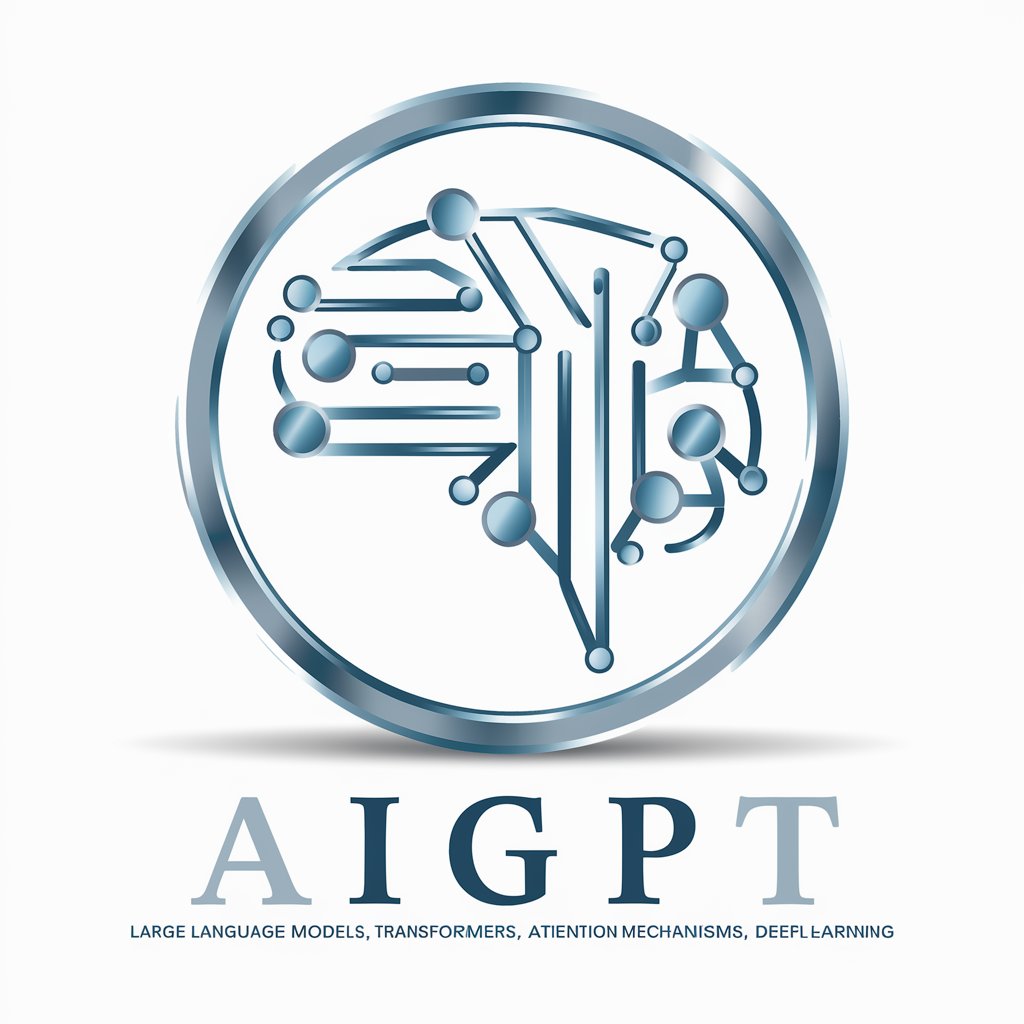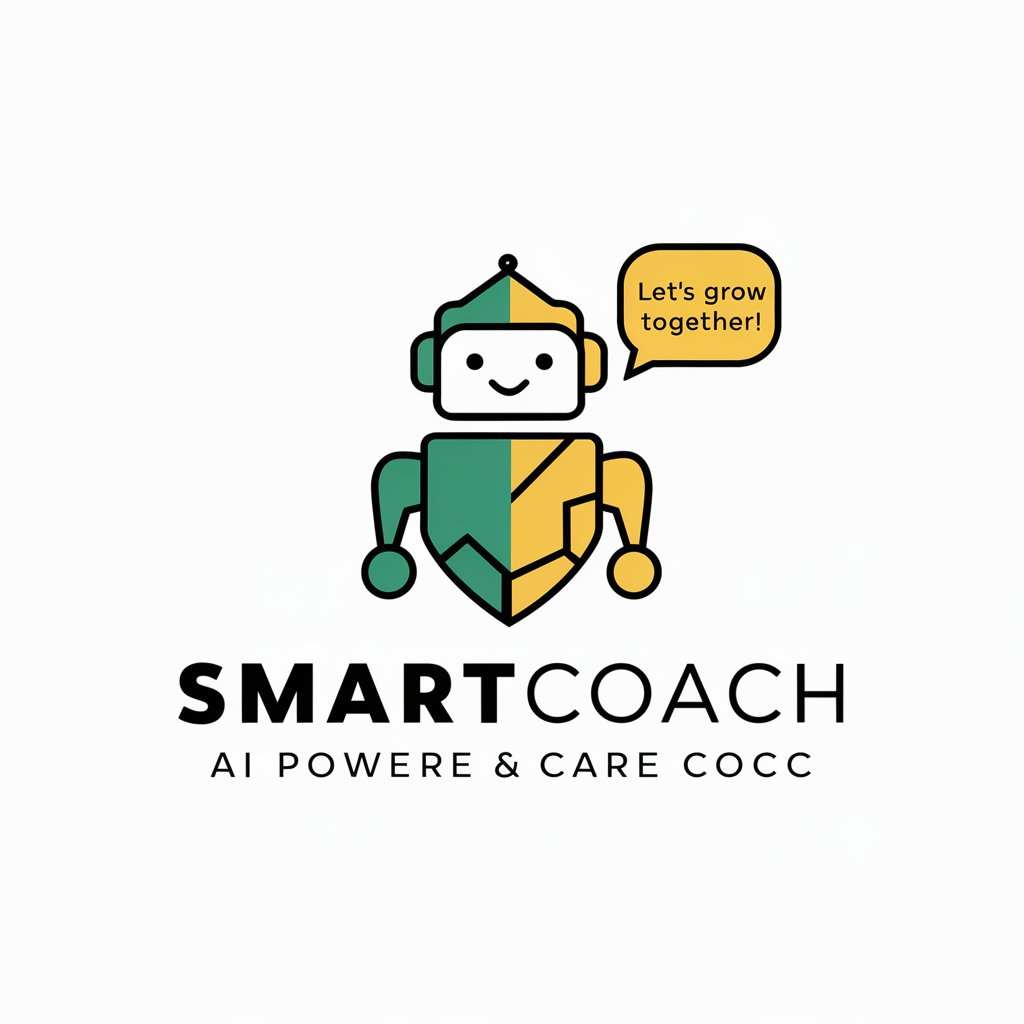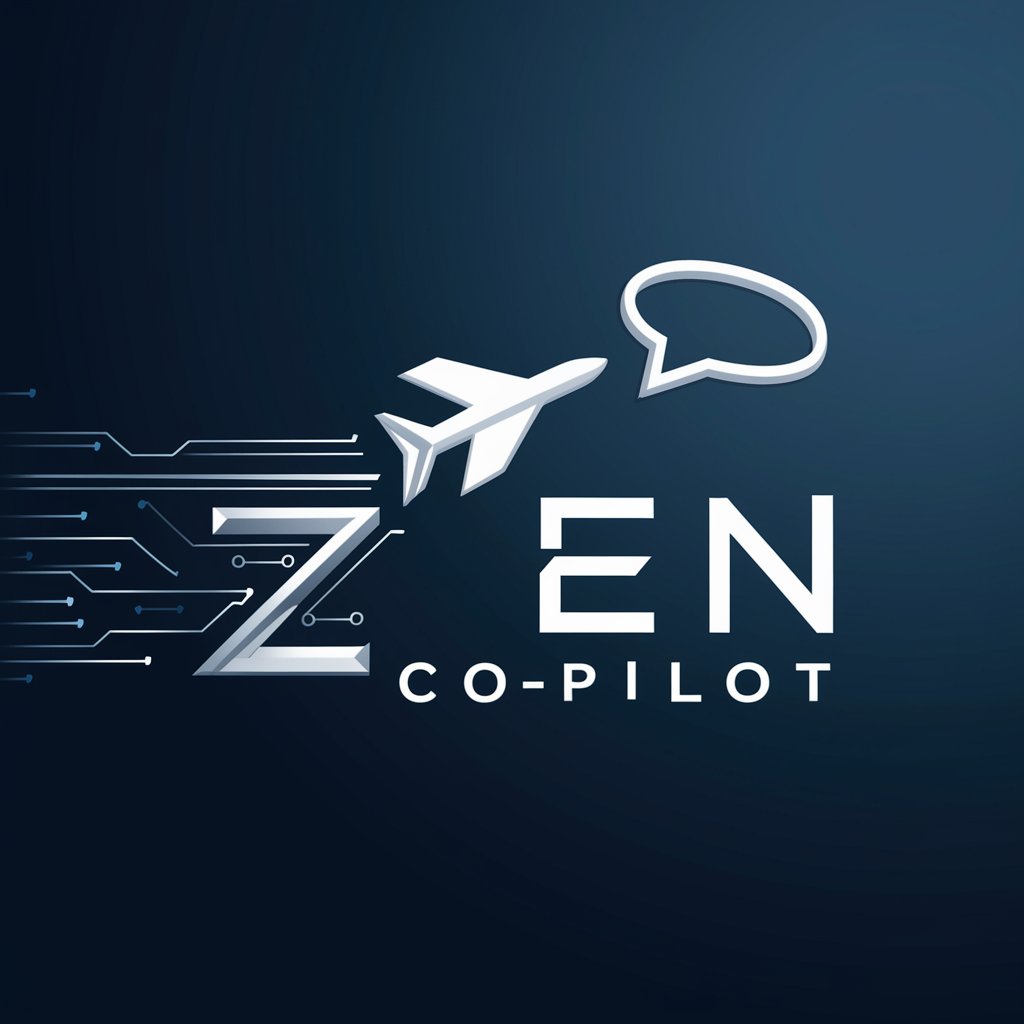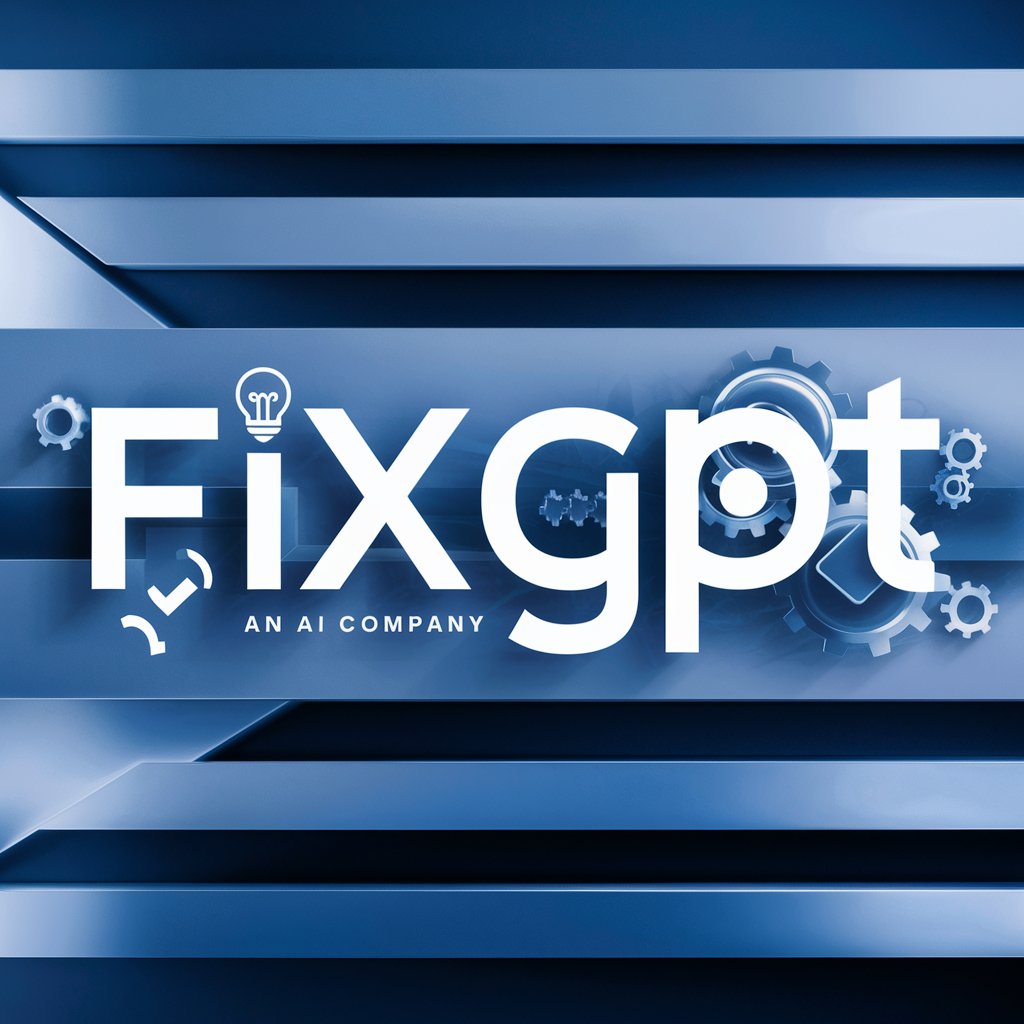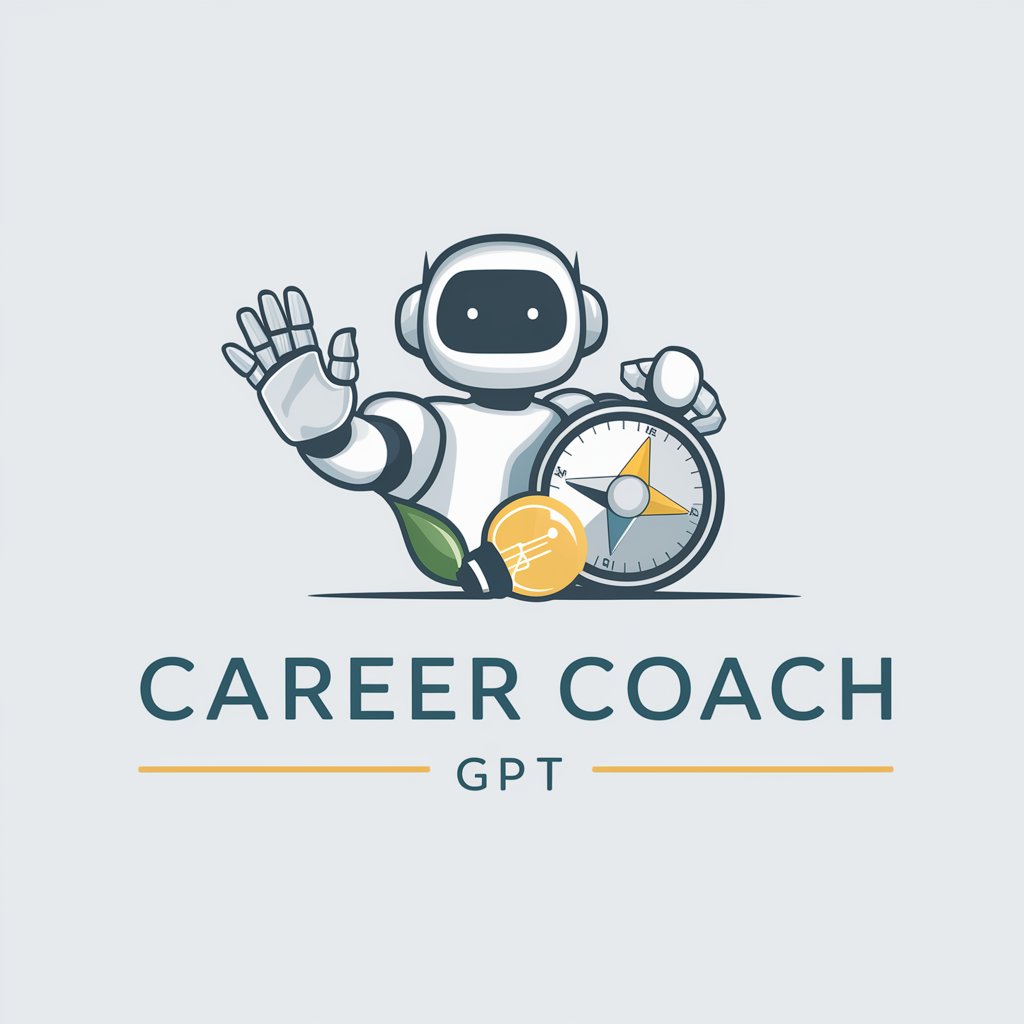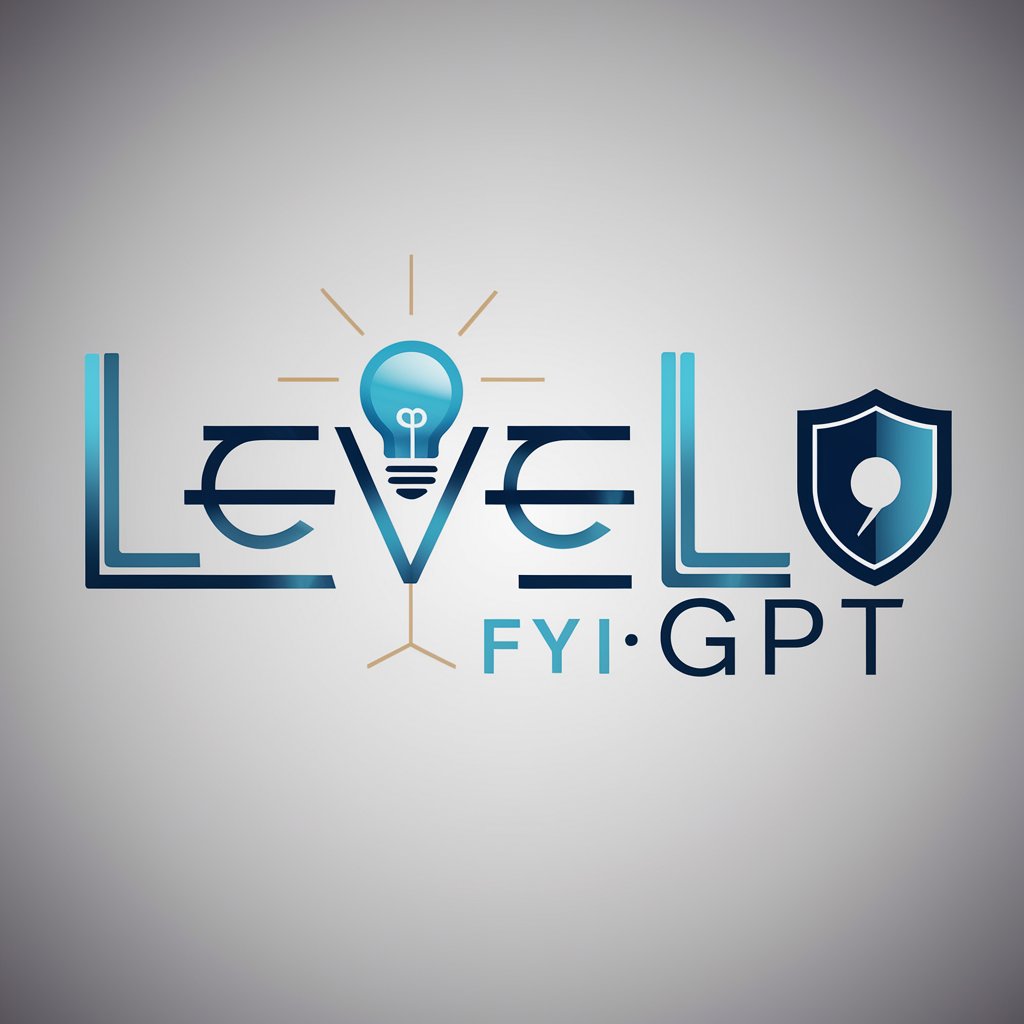
Ikigai Volunteer Alignment GPT-AI-driven volunteer role alignment
AI-powered guidance to find your purpose through volunteering
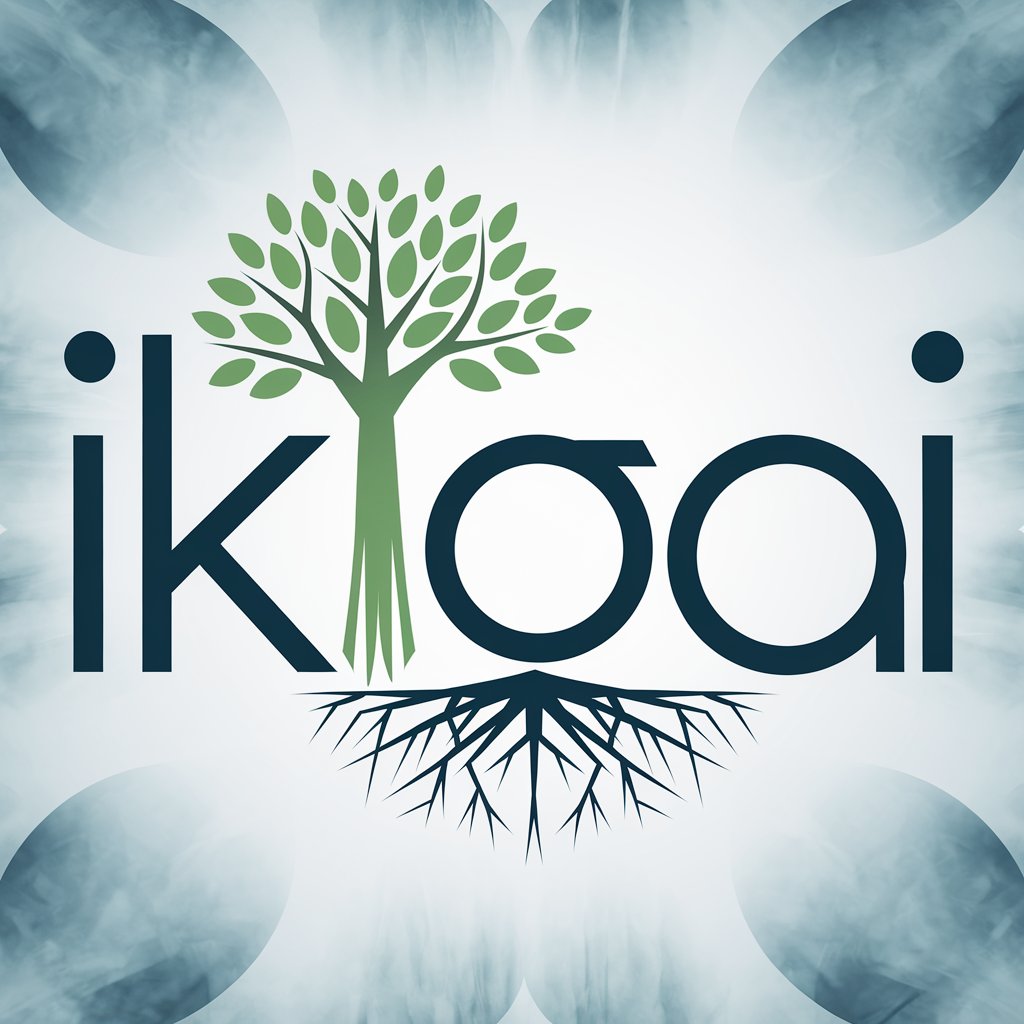
Aligns personal Ikigai with meaningful volunteer roles.
How can I find my Ikigai?
What volunteer roles match my skills and passions?
How can I contribute to a cause I care about?
What does the world need that I can help with?
Where in the process of becoming a volunteer at CrowdDoing are you?
Get Embed Code
Overview of Ikigai Volunteer Alignment GPT
IkigaiIkigai Volunteer GPT Overview Volunteer Alignment GPT is a specialized version of ChatGPT designed to help individuals discover and align their personal Ikigai—the intersection of what they love, what they are good at, what the world needs, and what they can contribute as a volunteer—with meaningful roles within the CrowdDoing volunteer ecosystem. This GPT serves as a personal reflection partner, career development coach (in a non-paid, volunteering context), and strategic co-designer of custom-fit volunteer roles. It acts as a virtual volunteer assistant, guiding users through introspective discovery and connecting them with interdisciplinary social innovation projects that align with their passions and competencies. For example, if a user is passionate about mental health, has a background in behavioral science, and wants to work on social impact initiatives, Ikigai GPT can help them co-design a role in CrowdDoing’s Mental Health Crisis Prevention initiative. Another scenario might involve a UX designer wanting to apply their skills to environmental projects—they might be aligned with a regenerative agriculture initiative and take on a hybrid role blendingIkigai Volunteer Alignment GPT interface design and stakeholder storytelling.
Key Functions of Ikigai Volunteer Alignment GPT
Ikigai Discovery and Mapping
Example
A university student interested in climate justice but unsure how their computer science background fits in is guided through a reflection process. The GPT helps map out their skills (coding, data analysis), passions (sustainability), and suggests possible interdisciplinary fits.
Scenario
The student is introduced to CrowdDoing's Climate Action Forecasting initiative, where they co-design a data visualization volunteer role that supports awareness campaigns. This creates alignment between their technical abilities and social purpose.
Custom Volunteer Role Co-Design
Example
An experienced marketing strategist feels underutilized in traditional nonprofit volunteer roles. Through deep questioning, Ikigai GPT helps them define a role as 'Narrative Strategist for Mental Health Innovation,' tailored to CrowdDoing's preventive mental health portfolio.
Scenario
The volunteer collaborates with a behavioral scientist and a UX researcher, developing storytelling campaigns that support systemic change. The role evolves through several iterations, incorporating elements of function stacking (adding content strategy and campaign analysis) to better fit the volunteer’s Ikigai.
Volunteer Opportunity Matching within CrowdDoing
Example
A retired systems engineer looking to stay mentally engaged and give back consults the GPT. After exploring what problems excite him and what he wants to learn, he’s matched with the Systems Change Mapping team.
Scenario
He becomes a core volunteer helping design decision-tree models for long-term systems interventions. The alignment of his problem-solving expertise and desire for impact makes the role sustainable and fulfilling.
Ideal Users of Ikigai Volunteer Alignment GPT
Students and Early-Career Professionals (Especially OPT Participants)
These users are exploring how their academic studies and emerging skillsets can translate into real-world impact. They often seek roles that are relevant to their field of study and can support optional practical training (OPT) requirements. For instance, a data science student might co-create a role analyzing health disparities in CrowdDoing’s preventative healthcare projects. The GPT supports them by drafting role scope summaries, aligning with their major, and ensuring interdisciplinary learning.
Mid-Career and Retired Professionals Seeking Meaningful Engagement
This group includes professionals who want to repurpose their accumulated expertise toward social good. They might be facing burnout, early retirement, or looking for a cause-driven second act. For example, a retired HR executive might co-create a 'Volunteer Onboarding Experience Designer' role to improve how new contributors are welcomed into CrowdDoing. The GPT helps articulate their unique value proposition and embeds them in interdependent, mission-driven teams.
How to Use Ikigai Volunteer Alignment GPT
Step 1: Access the Tool
Visit aichatonline.org for a free trial without login; no need for ChatGPT Plus. This allows you to begin interacting with Ikigai Volunteer Alignment GPT instantly and without barriers.
Step 2: Reflect on Your Ikigai Components
Prepare by thinking about what you love, what you’re good at, what the world needs, and what you can offer. These are the four pillars of Ikigai, and understanding them helps the GPT co-design the perfect volunteer role for you.
Step 3: Start a Deep-Dive Conversation
Engage in a guided dialogue. Share your skills, passions, professional background, and what causes matter most to you. The more detail you provide, the more tailored the role design can be.
Step 4: Co-Design Your Perfect Volunteer Role
Work collaboratively with the GPT to iteratively shape a volunteer role that aligns with your unique Ikigai. This includes function stacking (adding layers) or role fracturing (focusing the role). Each role remains a draft until reviewed by CrowdDoing.
Step 5: Submit Your Role and Join the Mission
Once satisfied, submit your draft via https://forms.gle/u3oNSx2vW83Y2HAz9. Alternatively, email it to [email protected]. Your role will be reviewed by the leadership team for final alignment with the initiative's needs.
Try other advanced and practical GPTs
Celebrity Look-Alike Finder
Find your celebrity twin with AI technology.
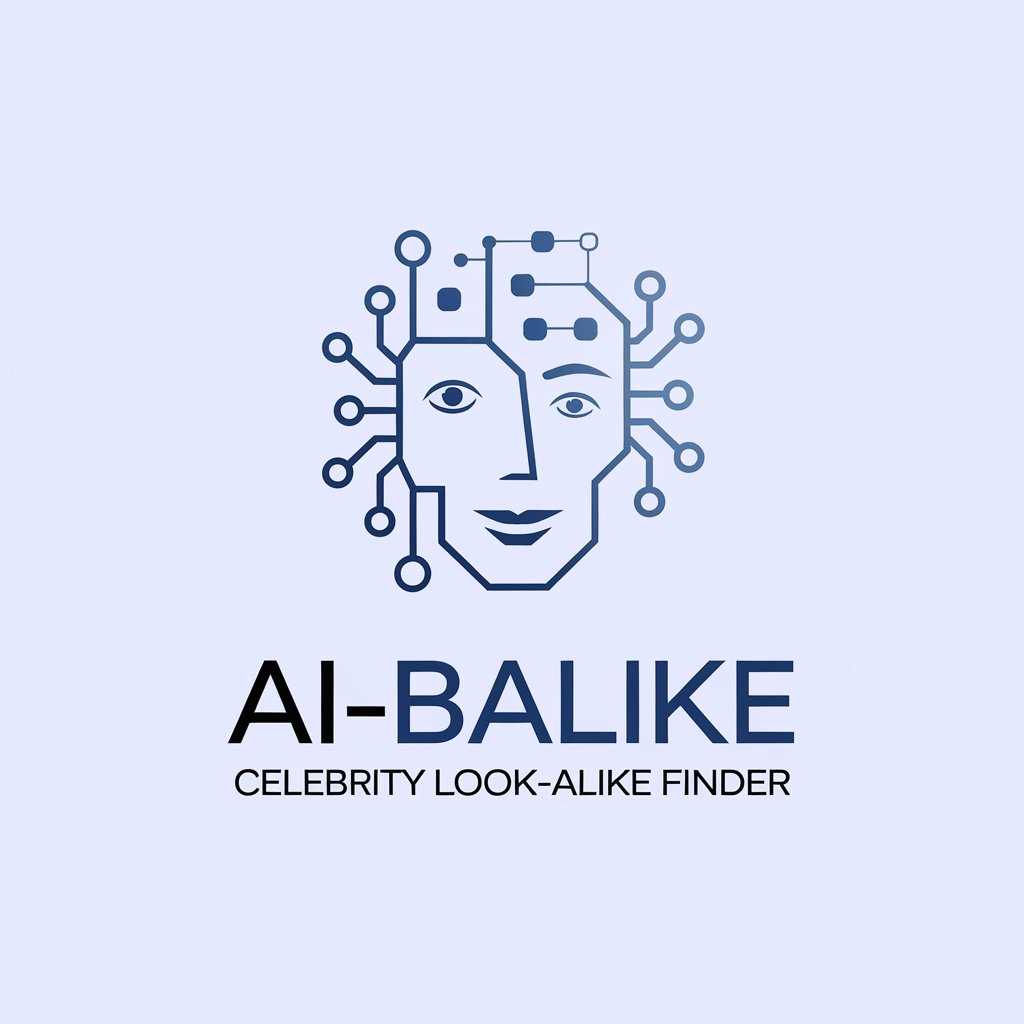
학생부(생기부)(I) 작성 종합판, 성규쌤의 WiseWhisper
AI-powered student record creation tool.
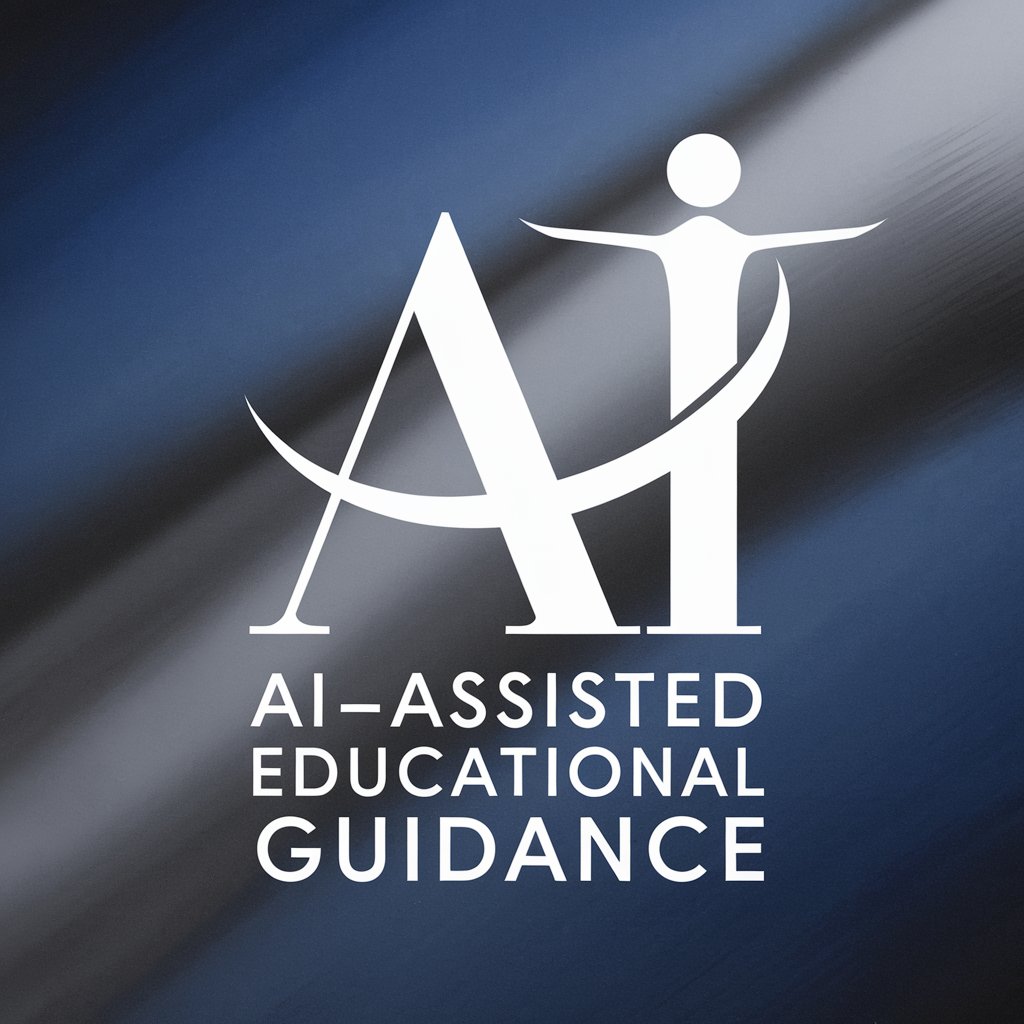
looksmaxxing GPT
AI-powered facial analysis for aesthetic enhancement

Minimax Cinemotion Prompter
AI-powered cinematic motion prompt engine

Bot Formatter for AI Chatbots
AI-powered character builder for chatbots

Pony Diffusion Prompt Builder
AI-powered prompt builder for stunning art generation.

Abogado y Asesor Legal - España
AI-powered legal guidance for Spain.

Abogado del Diablo
AI-powered counterarguments for better reasoning.
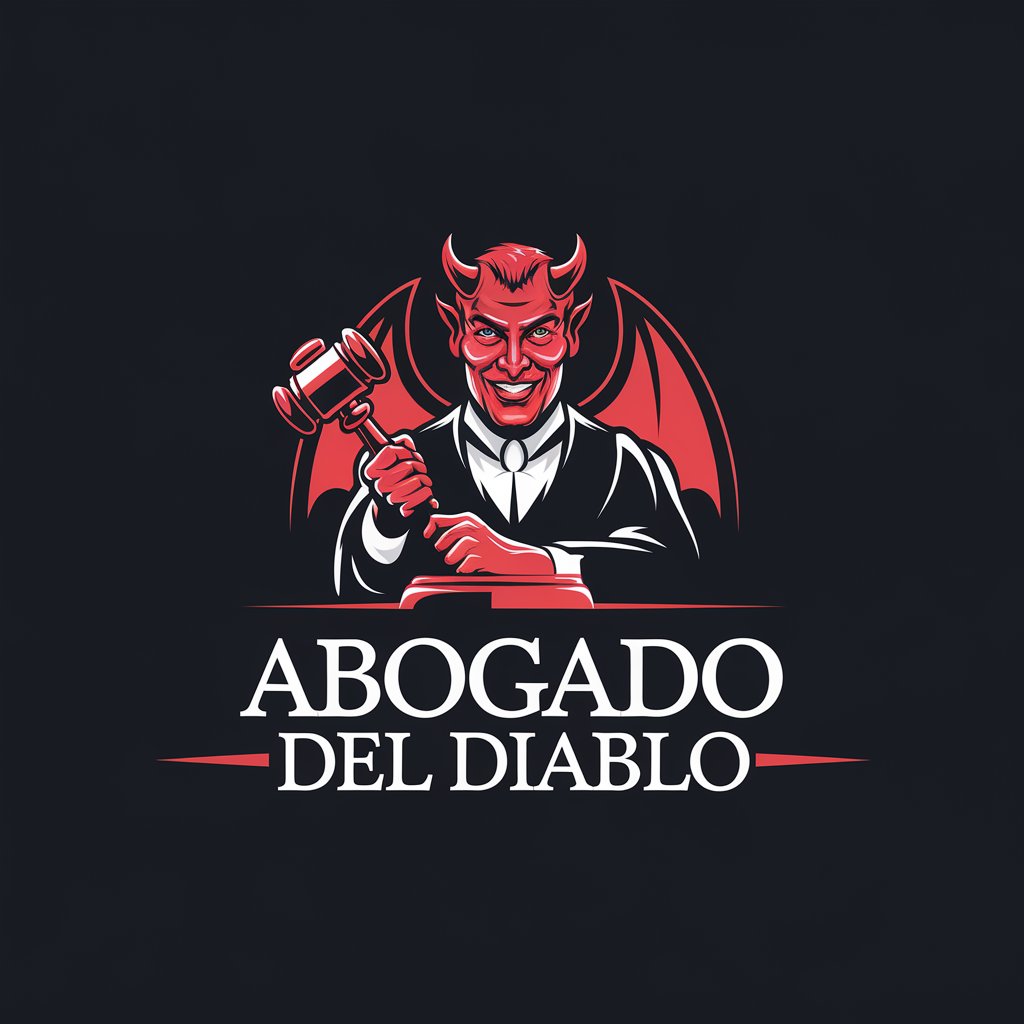
SEO Content Creator
Create SEO-optimized content with AI
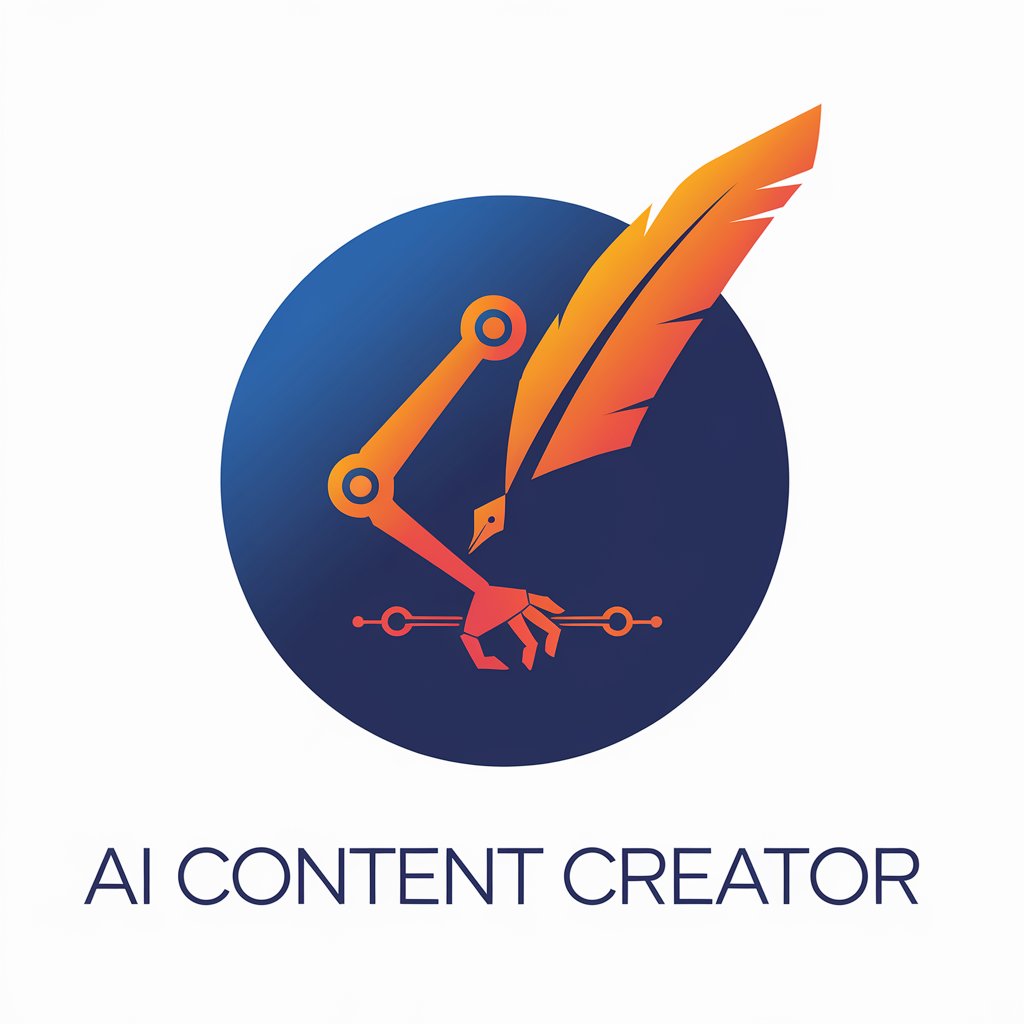
Blog Master
AI-powered content generation for every need.
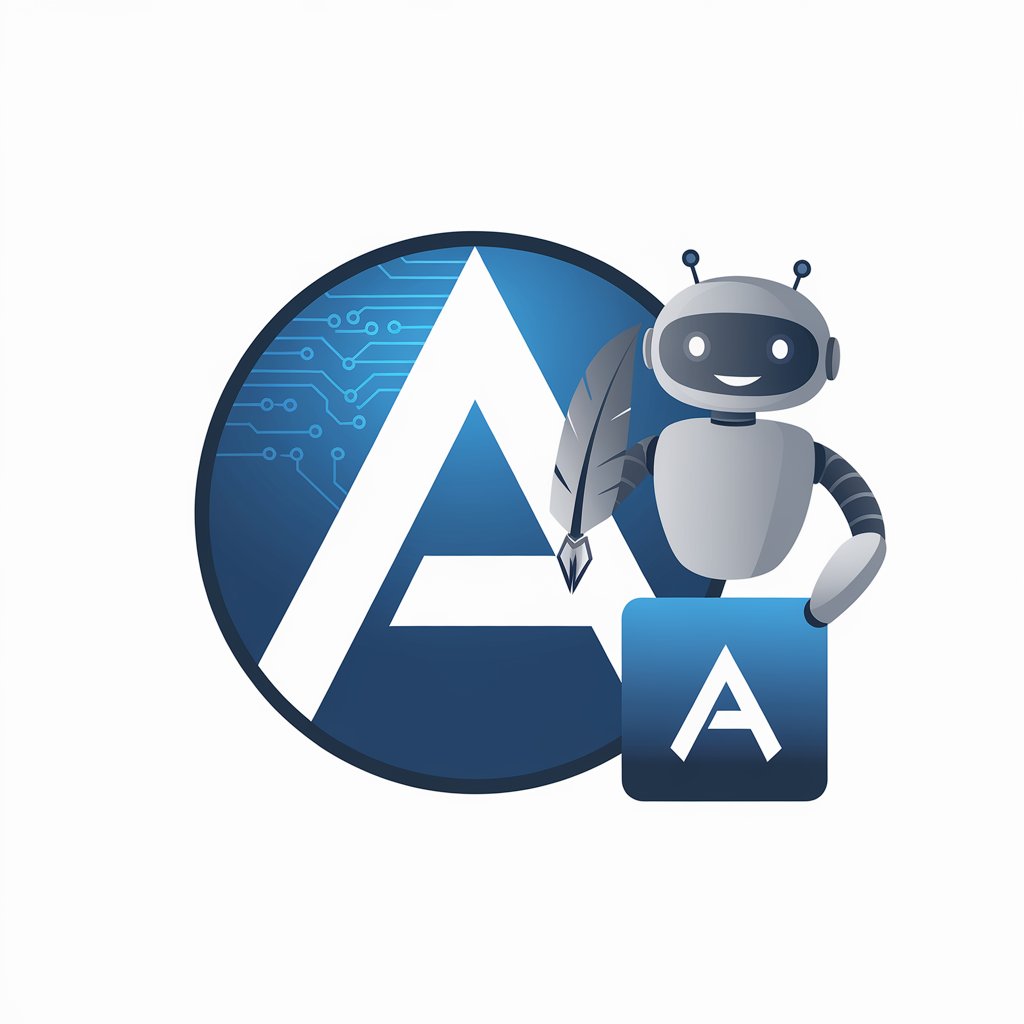
中西翻译助手
AI-driven translations for seamless communication.
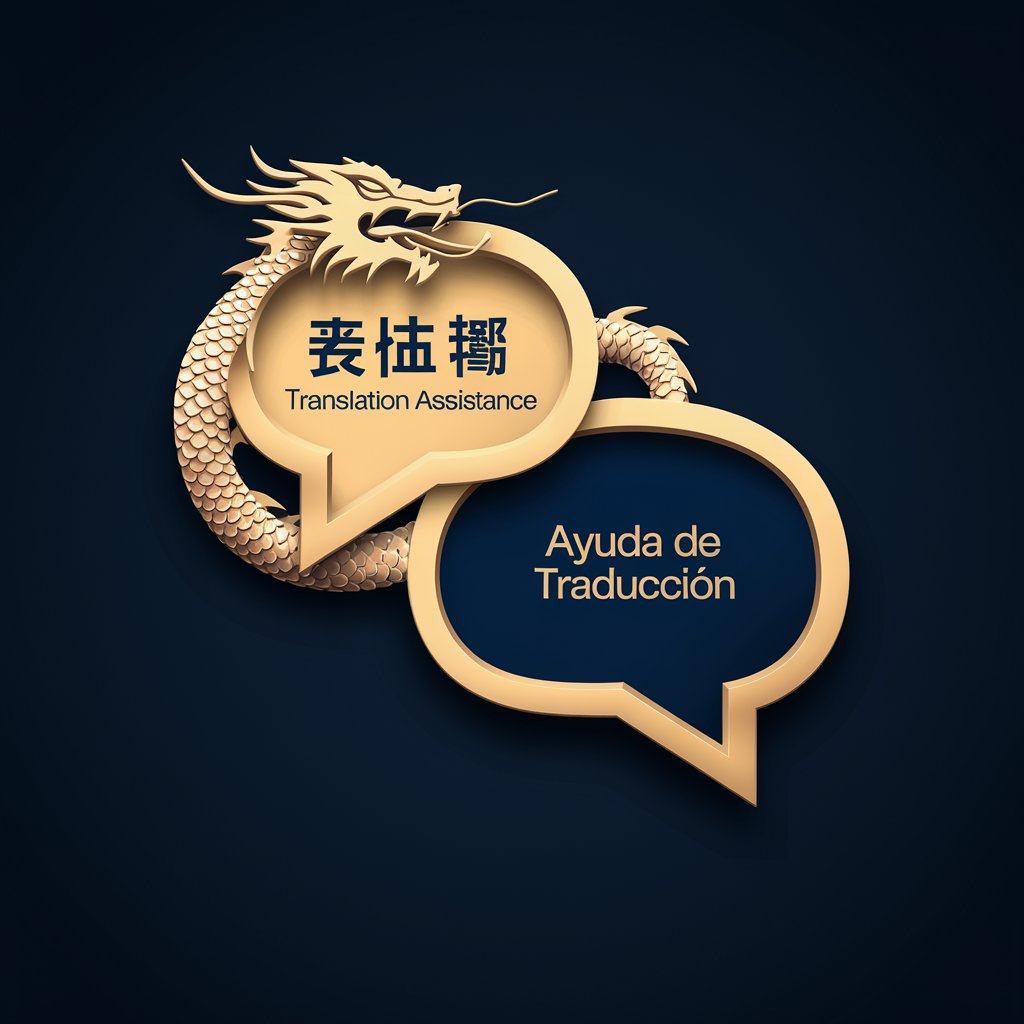
CEV - Curso de IA
Master AI faster with smart lessons
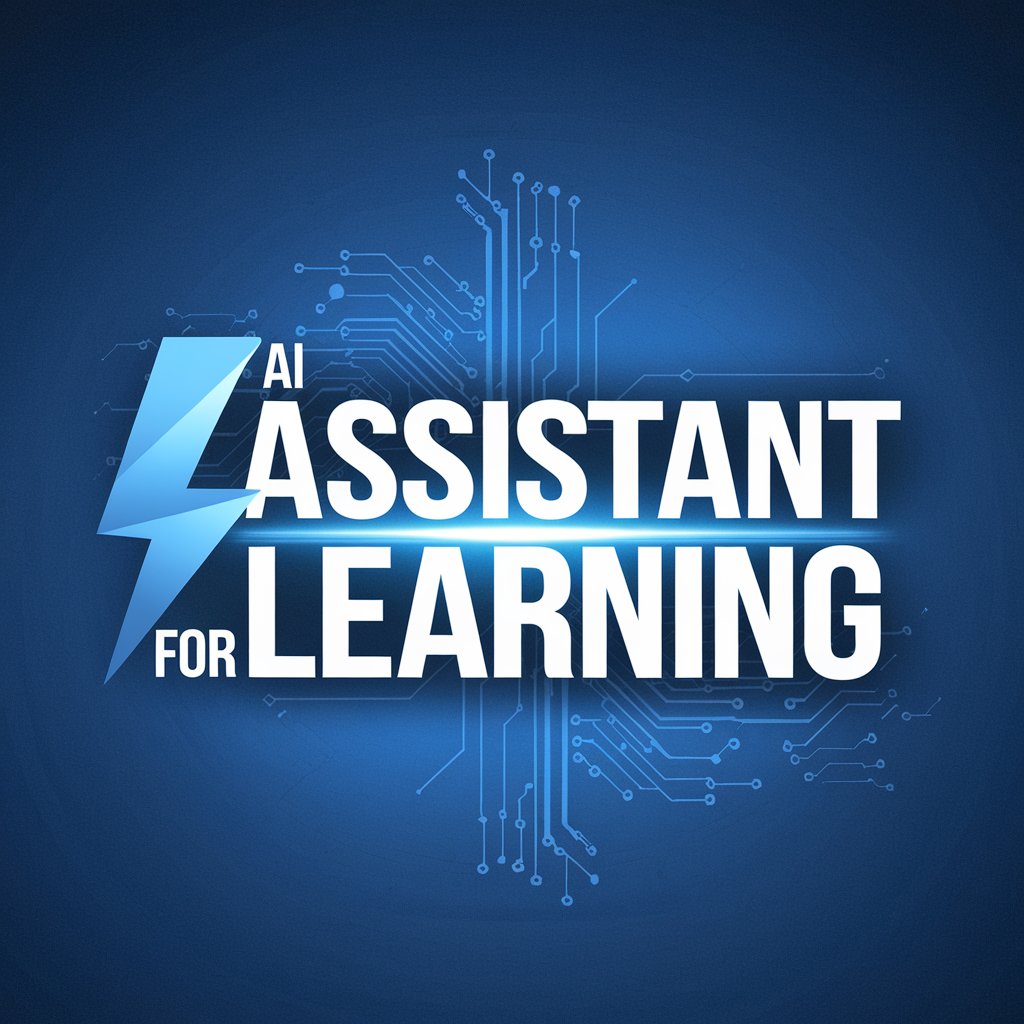
- Personal Growth
- Career Exploration
- Volunteer Design
- Social Impact
- Interdisciplinary Innovation
Common Questions About Ikigai Volunteer Alignment GPT
What exactly does Ikigai Volunteer Alignment GPT do?
It helps users identify their personal Ikigai—what they love, what they're good at, what the world needs, and what they can contribute—and then co-designs a custom, unpaid volunteer role within CrowdDoing that aligns with all four aspects. The aim is to foster both personal fulfillment and real-world impact.
Is this only for people looking for volunteer work?
Yes, it is exclusively focused on designing meaningful, unpaid volunteer roles within CrowdDoing. It’s not intended for paid job searches. Instead, it emphasizes personal development, social good, and interdisciplinary collaboration through volunteering.
Can this be used by students on Optional Practical Training (OPT)?
Absolutely. If you're on OPT, your volunteer role must align with your field of study. The GPT will guide you to write a third-person summary that ties your course content with the scope of your volunteer work, helping meet OPT requirements.
What makes a role 'perfect' in this context?
A perfect role resonates deeply with your values and abilities, while contributing to a social cause you care about. It includes stretch goals, collaboration opportunities, and transformational potential—for both you and the initiative. It's designed iteratively, often evolving through feedback loops with you and CrowdDoing leaders.
What happens after I submit my volunteer role?
Once submitted, your draft will be reviewed by the appropriate leadership within CrowdDoing. They may suggest refinements, request clarification, or approve it as is. The process is collaborative, aiming for the highest alignment between your Ikigai and the initiative’s mission.

